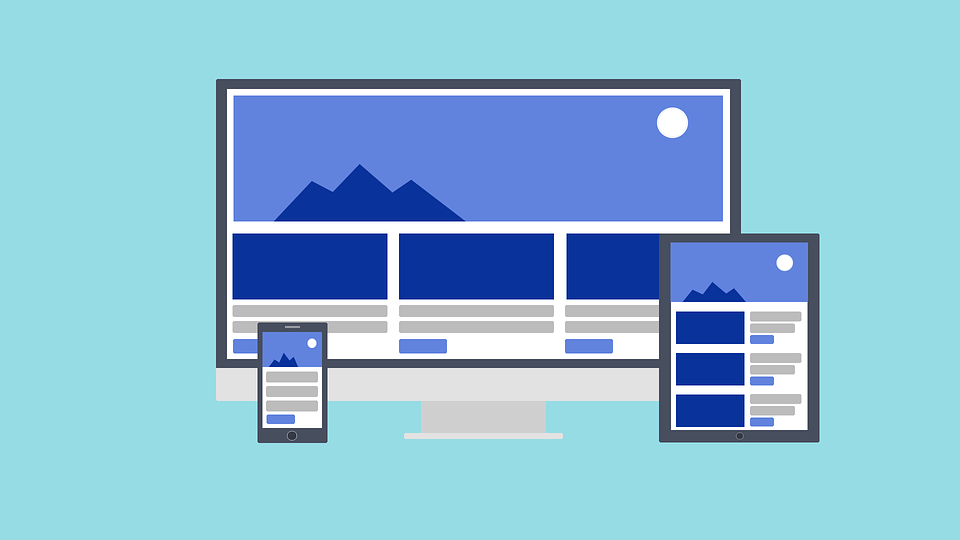Although creating your company is the most important thing and it takes a lot of time, resources, and energy, it is good to remember about a well-built website. This speaks volumes about your business, your services, and what you have to offer. Your page contains information about who you are, how to contact you, where you are located, what people say about you, what makes your company unique? And most importantly: are you trustworthy? Nowadays, your potential customers can decide basically by looking and reading through your website whether they want to test your services.
At the same time, your webpage can either encourage or discourage potential customers to try what your company has to offer. And remember – you have one chance to create a positive impression of your business. Statistics show that 88% of users won’t return to a page if they have a terrible experience with it. A bad experience consists of many important aspects, which need to be considered and solved if you want to show off your best side.
Visuals
Firstly, a visual impression. People form an opinion about a certain website quickly (approximately in 0,5 seconds!) and it is hard to change their mind after. A certain look of a webpage is a very important factor. Good content won’t make up for bad design – the statistics say that 57% of consumers won’t recommend a poorly designed website. As we can discover from the article linked above, 50% of website visitors use web design as a defining factor when it comes to credibility. They also check if the website is outdated or not.
Intuitiveness
A well-built website not only looks pretty but also makes using it a good experience. It should be intuitive. The easier the website is to use, the more people will use it. A great user experience has a big influence on high conversion rates and making your website intuitive to use is an important criterion for creating such a good experience. The navigation should be easy – around 61% of users will not return to a website that’s hard to navigate. You should pay attention not only to information architecture but also to the proper naming of tabs, labels, and different pages.

Responsiveness
What exactly is a responsive website? It is a web development approach that creates dynamic changes to the appearance of a website. It depends on the device that is being used – its screen size and orientation. This approach allows us to solve the problem of designing one page for multiple different devices.
With the popularization of different screens and mobile devices, responsiveness became a standard. According to the research, 55.68% of global Internet users access websites using mobile devices. So you should allow them to comfortably check your website. At the same time, users are less likely to visit a certain website if it is not responsive – 60% of respondents said. In this way, the companies can lose conversion and potential clients.
Accessibility is important
With great user experience, the topic of accessibility comes. While designing a website, we should remember that people with disabilities use the Internet too. You should help them with using your webpage by making it more available for them and the different platforms and readers they use. With this difficult task, Web Content Accessibility Guidelines (WCAG) come in handy.
Those are guidelines that are developed with the goal of providing a certain standard for web content accessibility that meets the needs of different individuals. Those documents present guidelines on how to make accessible content for people with disabilities. It includes information (such as text, images, sounds, etc.) and code (that define structure, presentation, etc.). You can check and read more about it on this page.

Content
While the aspects presented above are important, the other key aspect is the content of your website. High-quality content attracts users to your website and lets them engage with your company. It consists of not only text but also images or reviews of your customers. About 77% of customers read online content before making a purchase. Your audience needs to get to know you and your services. Those are the factors that let your potential clients decide whether they should contact you or not.
Graphics
To deliver your message, putting photos or infographics will be helpful. A picture is worth a thousand words, others say. And in fact, the human brain is more likely to remember a visual message. Infographics help us amplify and highlight our most important messages and make them more memorable to our audience. They are effective because they combine the written word with visual elements. If you want to know more, we encourage you to check 29 interesting statistics about infographics!
Quality content also benefits your position on search engine result pages (SERP’s) in Google. Google uses this and some other parameters to establish page rankings. Proper positioning of your website (and, as a result, being higher on Google search list) will help you with the recognition.
Last but not least – you should not forget about putting your contact information! It is crucial because you will lose potential clients if they can’t find a way to ask you about your services. According to statistics mentioned before, 44% of the visitors will leave if they won’t find that on a homepage.
Summary
There’s a lot of rules that apply to a well-built website. It is worth trusting a specialist in this branch who deals with it on a daily basis. While it seems like hard work to do, with a certain specialist you can save a lot of money and time. If you want to find out more about our services, please check out our website and services we provide to our customers. We are happy to help you anytime. We know that entrepreneurs want to make a good impression on their clients and we want to make it possible.